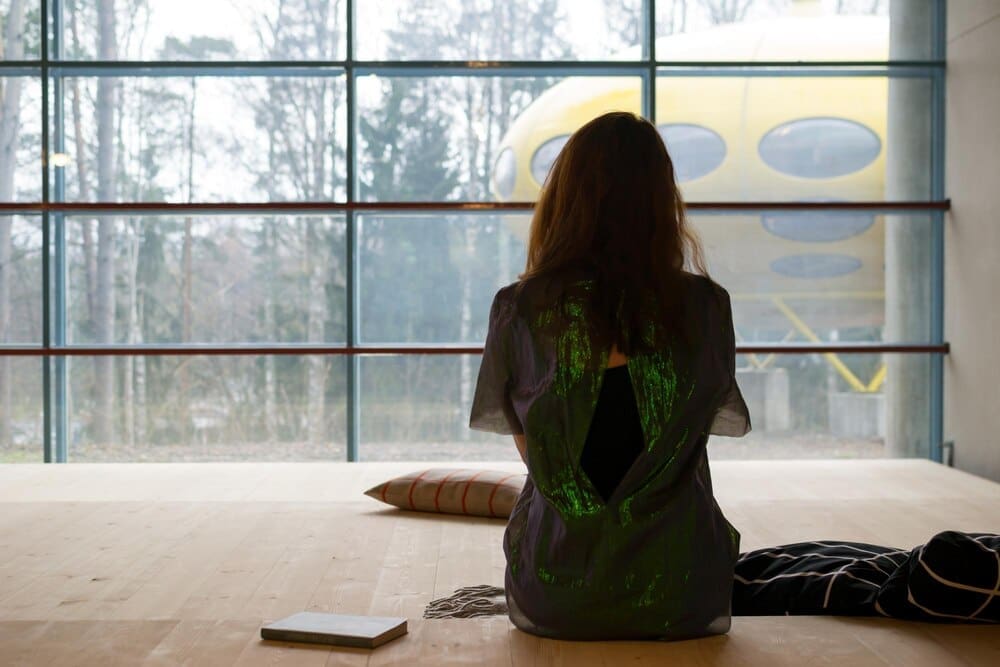Beneath the sun-drenched facade of swaying palms and vibrant nightlife, a quiet epidemic is unfolding across Miami. For a growing number of residents, from young professionals in glittering Brickell high-rises to older adults in quiet suburban enclaves, the city’s bustling energy masks a profound sense of social isolation. This pervasive loneliness is not merely a fleeting emotion but a significant public health crisis, directly fueling a surge in mental health conditions like depression and anxiety and challenging the very definition of well-being in one of America’s most iconic destinations.
The Paradox of a Crowded Paradise
Miami thrives on an image of connection—of crowded beaches, packed restaurants, and world-famous social events. Yet, for many who live here, this constant performance of social vibrancy creates a unique and painful paradox. The pressure to appear happy, successful, and socially engaged can make it incredibly difficult to admit feelings of loneliness, fostering a culture of silence around the issue.
Psychologists refer to this phenomenon as “loneliness in a crowd,” where physical proximity to others fails to translate into meaningful emotional connection. The very things that draw people to Miami—the energy, the opportunity, the promise of a glamorous lifestyle—can become barriers to forming the deep, authentic bonds that are essential for mental health. This disparity between the city’s external image and the internal reality for many residents creates a significant emotional burden.
The Unique Drivers of Isolation in Miami
While loneliness is a universal human experience, several factors unique to Miami’s social and economic landscape amplify the problem. These drivers combine to create a challenging environment for building and sustaining the supportive relationships that protect against mental distress.
A Highly Transient Population
Miami has long been a city of comings and goings. People move here for work, for the weather, or for a temporary life experience, but often with no intention of putting down permanent roots. This “revolving door” dynamic creates a social scene that can feel superficial and unstable.
Investing time and emotional energy into friendships can feel risky when there’s a high likelihood that the other person will move away within a year or two. This constant churn hinders the development of the long-term, reliable social networks that are a cornerstone of psychological well-being.
Language and Cultural Silos
As a global crossroads, Miami’s multiculturalism is one of its greatest strengths. However, it can also inadvertently create social silos. While the city is officially bilingual, communities can become fragmented along linguistic and cultural lines, making it difficult for newcomers to integrate.
An English-speaker moving into a predominantly Spanish-speaking neighborhood, or vice-versa, may struggle to form casual connections with neighbors or local business owners. These small, daily interactions are the building blocks of a sense of community, and their absence can lead to a powerful feeling of being an outsider in one’s own home.
The High Cost of Socializing
The “see and be seen” culture that defines much of Miami’s social life often comes with a steep price tag. From expensive dinners in South Beach to bottle service at exclusive clubs, the primary avenues for socializing can be financially prohibitive for many residents.
This economic barrier doesn’t just limit options; it can breed feelings of inadequacy and exclusion. When the dominant model of connection is tied to consumption, those with more modest means are often left on the sidelines, reinforcing their sense of isolation.
Urban Design and Car Culture
Miami’s sprawling layout and dependence on cars further contribute to social disconnection. Unlike cities with dense, walkable neighborhoods and robust public transit, Miami’s design often discourages the kind of spontaneous encounters that foster community.
The lack of accessible “third places”—the parks, libraries, coffee shops, and community centers where people gather informally—means that social life must be highly intentional and planned. The journey from an isolated home to an isolated office, all within the bubble of a car, leaves little room for the unplanned human interactions that combat loneliness.
The Profound Impact on Mental Health
The consequences of this social isolation are not just emotional; they are physiological. Decades of research have established chronic loneliness as a major risk factor for a host of serious health problems. It is a biological stressor that can be as damaging to long-term health as smoking or obesity.
When a person feels socially isolated, their body enters a state of heightened alert, activating the “fight-or-flight” response. Over time, this chronic stress elevates inflammation, compromises the immune system, and disrupts sleep, creating a cascade of negative health effects.
Depression and Anxiety
The link between loneliness and mental illness is stark and well-documented. Social connection is a powerful buffer against stress, and without it, our resilience erodes. Chronic isolation is one of the strongest predictors of major depressive disorder, as it starves the brain of the positive social feedback needed for emotional regulation.
Similarly, social anxiety can flourish in an environment of isolation. A lack of regular, positive social practice can make future interactions feel more intimidating, creating a vicious cycle where loneliness begets anxiety, which in turn begets more loneliness.
Cognitive Decline and Physical Illness
The impact extends beyond mood. Studies have shown that socially isolated individuals have a significantly higher risk of developing cognitive decline and dementia in later life. Social engagement acts as a form of mental exercise, keeping neural pathways active and strong.
Furthermore, the chronic inflammation associated with loneliness is linked to an increased risk of cardiovascular disease, stroke, and other serious physical ailments. The mind and body are inextricably linked, and a deficit in social health inevitably takes a toll on physical health.
Finding Connection in the Magic City
While the challenges are significant, they are not insurmountable. Overcoming loneliness in a city like Miami requires intentionality and a willingness to look for connection beyond the obvious, glamorous venues. The key is to shift the focus from performative socializing to authentic community.
Move Beyond the Superficial
The most effective way to build lasting friendships is to connect over shared interests, not shared status. Seek out groups and activities aligned with your genuine passions, whether it’s a local running club, a volunteer organization, a book club, or an art class. These settings provide a natural, low-pressure environment for forming bonds based on mutual enthusiasm.
Leverage Technology Wisely
While social media can sometimes exacerbate feelings of loneliness, other digital tools can be powerful catalysts for connection. Apps like Meetup or Eventbrite can help you discover niche groups and local events you might not otherwise find. The goal, however, should always be to use technology as a bridge to in-person interaction, not as a substitute for it.
Embrace “Third Places”
Make a conscious effort to frequent local “third places.” Become a regular at a neighborhood coffee shop, spend time reading at a local library, or take your dog to the same park at the same time each day. Consistency in these public spaces creates familiarity and opens the door for casual conversations to evolve into genuine connections.
Seek Professional Support
There is no shame in seeking help to navigate loneliness. Therapy can be an invaluable tool for addressing underlying issues like social anxiety or depression that may be barriers to connection. Furthermore, group therapy offers a unique opportunity to practice social skills and build community in a safe, structured, and supportive environment.
Ultimately, Miami’s struggle with loneliness is a call to action for its residents and leaders to look beyond the city’s glittering surface. Building a mentally healthy community requires a collective effort to foster environments where authentic connection can flourish. By shifting focus from image to intimacy and from crowds to community, it is possible to find deep and lasting belonging, even in the most dazzling of cities.








